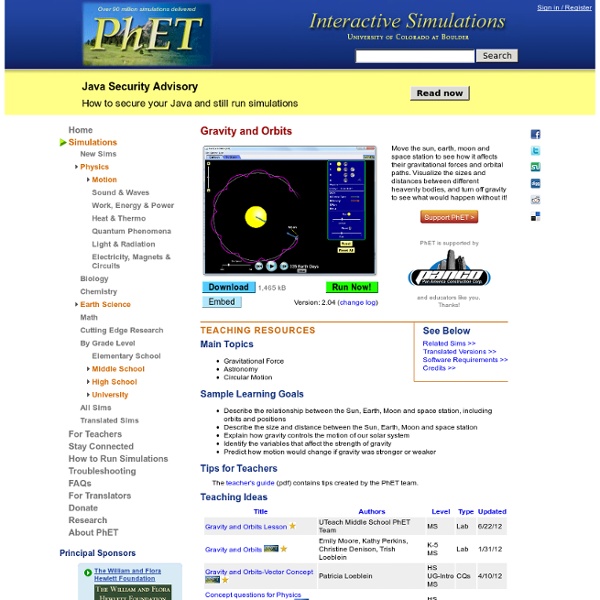



Plate Tectonics - Crust, Lithosphere, Mantle Topics Plate Tectonics Crust Lithosphere Mantle Density Buoyancy Earth Science Description Explore how plates move on the surface of the earth. Sample Learning Goals Describe the differences between oceanic and continental crust, including their respective properties of density, composition, temperature and thickness.Predict how changes in composition and temperature change crust density and buoyancy.Draw a time series for different types of plate boundaries and their motions, indicating the related surface features.Deduce the type of plate boundary given images or descriptions of surface features.Explain which types of plate boundaries create crust, and which destroy crust Version 1.02 Europa’s ocean: Evidence of Jupiter’s moon ocean found on the surface. Image credit: NASA/JPL-Caltech He killed Pluto, but he may have just breathed life into Europa exploration. Astronomer Mike Brown*—discoverer of the giant outer-solar-system iceball Eris which is what started the machinery that kicked Pluto out of the planet club—has found some pretty strong evidence that Jupiter’s moon Europa has sprung a leak. Its undersurface ocean may be mixing with the icy surface, making it possible to understand its composition without having to dig down through dozens of kilometers of solid ice. Mind you, we’ve been eyeballing Europa’s ocean as a potential habitat for life for decades. This news is not evidence of life, but it does add reason to look at Europa even more closely. This evidence that the surface ice and undersurface ocean are in intimate contact comes in a series of steps, which I outline below. Image credit: NASA/JPL/Galileo The water is kept liquid by heating via tidal forces, the effects of the gravity of its massive parent planet. Got all that?
The Mayan Calendar - an explanation Cyclical: One of the wheels in the Mayan Calendar ©iStockphoto.com/Xixun Count down to the end of the Mayan calendar using our Mayan Calendar Countdown. The Mayan calendar moves in cycles with the last cycle ending in December 2012. This is often interpreted as "the world will end on 21 December 2012, at 11:11 UTC". Count down the seconds to “the end” The best doomsday prophecies in history The last day of the Mayan calendar corresponds with the Winter Solstice (or December Solstice), which has played a significant role in many cultures all over the world. The Maya didn't invent the calendar, it was used by most cultures in pre-Columbian Central America – including the Maya – from around 2000 BC to the 16th century. Wheels working together The Mayan Calendar consists of three separate corresponding calendars, the Long Count, the Tzolkin (divine calendar) and the Haab (civil calendar). The three calendars are used simultaneously. The Haab The Tzolkin The Long Count How to set the date The Maya
Weather - Interactive New Englanders have a saying: "If you don't like the weather, just wait a minute." Weather forecasts may be more stable in other parts of the world, but the basic idea stands. Weather is dynamic, the product of interacting forces we are only beginning to understand. Witness the weather extremes caused by El Niño in 1997 and 1998. Weather may change on a daily basis, but climate changes over geologic time. Join us as we explore the forces behind the weather.